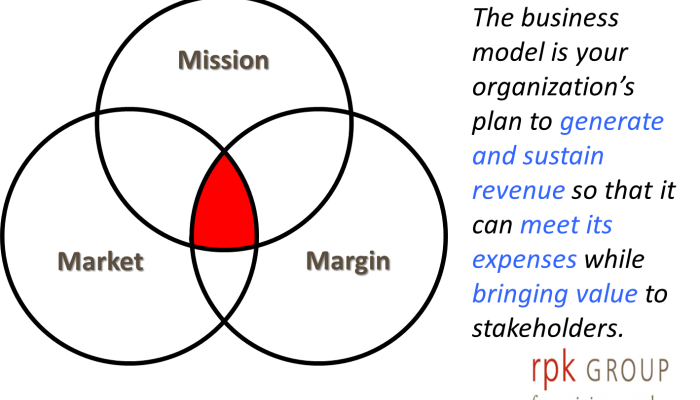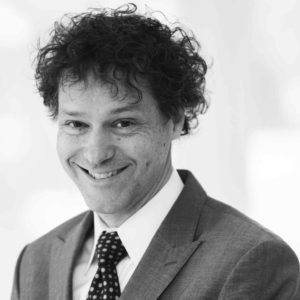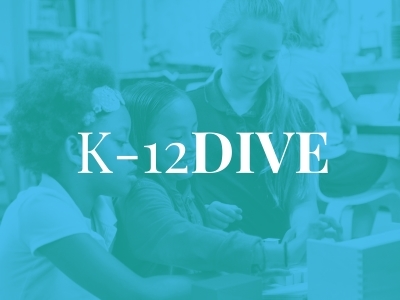Where Mission, Market, and Margin Meet is the Sweet Spot for Innovative Business Models
Topics

Today’s learners face an uncertain present and a rapidly changing future that demand far different skills and knowledge than were needed in the 20th century. We also know so much more about enabling deep, powerful learning than we ever did before. Our collective future depends on how well young people prepare for the challenges and opportunities of 21st-century life.
When you turn your attention to outcomes and student success, don't forget how your business models may need to evolve.
Higher education as an industry has long focused on the quality of its programs and services. More recently, institutions have turned their attention to outcomes and student success. What has been missing from the conversation is an understanding of business models in higher education and how these models may need to evolve given changes in the external environment.
Over the past year, seven institutions wrestled with their business model as part of the Next Generation Learning Challenges’ Breakthrough Models Incubator (BMI). The BMI brings leadership teams together to explore and create innovative business and learning models under the NGLC mission to improve college readiness and completion, especially for low-income students, through the applied use of technology. rpkGROUP worked with these BMI institutions to develop business models that would support their breakthrough innovations. I want to share some lessons gained from the experiences of these institutions—lessons that can benefit the field as a whole.
Why focus on business models, and why now? The changes in the external environment are obvious – demands for increased transparency and accountability, reductions in public funding, changing demographics and questions over the value of a college education. These changes demand that institutions clearly connect resource allocation decisions to the strategic investments necessary to maintain access and increase student attainment. Without a deep focus on their business models, however, institutions will likely fail in both of these goals.
What do we mean by “business model”? The business model is an organization’s plan to generate and sustain revenue so that it can meet its expenses while bringing value to stakeholders. A business model can also be considered through the framework of market, mission and margin (see figure 1, below).

Figure 1
Each of these three components can be defined as follows:
Market - What is the job to be done?
Mission - What is our unique value (how do we address the job to be done)?
Margin - How do we price our programs/services to reflect true cost and provide the returns needed for sustainability?
The magic for any institution occurs in the development of programs and services that occupy the sweet spot in the middle, i.e., that clearly capture the needs of the market, build on institutional strength and capacity, and generate resources which allow for reinvestment.
The iterative process included in the Incubator helped to deepen the BMI cohort’s understanding of core business model concepts and current best practice within and outside of higher education. In addition, the BMI institutions developed pro forma models for each of their initiatives that captured projected impacts on student recruitment and retention, revenue changes, and expenditures. This analysis, in turn, allowed the institutions to assess the sustainability of their initiative, i.e., would the project support itself over time (especially once the grant awards had ended), or would it require continued investment from the institution and/or third parties? Finally, each BMI participant created a set of key performance indicators (KPIs) for their project as a means of tangibly defining and measuring the project’s success.
Higher education’s conversation around cost and business models has evolved over time; so too did the conversation at each of the BMI institutions. Participants found that using a business model lens forced them to wrestle with their assumptions around the contribution of their project to student success, and the investment necessary to achieve that success. Institutional teams often were forced to reconsider previous assumptions around the cost of their project, moving away from preconceptions that investments in the project were “free” since they came from existing personnel. Teams also considered the likely revenue impacts of their projects. Would the initiative increase recruitment and retention? If so, by how much and how would these increases in turn translate into more revenue?
Finally, the teams considered their project’s sustainability – how would start up costs be funded vs. ongoing operating costs?
A key question involved the projected return on investment from the BMI initiative they created. "Our team conversations began to focus more on how our initiative would make financial sense, including the establishment of key performance indicators to determine success in student retention,” commented the CFO at one participating institution. “It led us to establish a better understanding of where we were and where we wanted to be based on real data. Oftentimes decisions can and are made on ‘it sounds good’ without really knowing up front how to measure ‘how good.’ This process leads the team in developing those measures."
Ultimately, the participants in the BMI cohort embraced a business model lens as a critical component in their change agendas. As the business model conversation became more complex and nuanced, participants no longer considered only the bottom line. Instead, they began to utilize a framework which allowed them to test their projects’ contribution to student success, assess the necessary investment to achieve that success, and establish clear definitions of success that were transparent and measurable.
Getting started. Implementing a business model lens within a campus or system begins with an exposure to core concepts. These concepts were introduced to the BMI cohort using a “flipped classroom” experience via a pre-recorded webinar. The recording is available to anyone interested in reviewing these core concepts.
Where do we go from here? The next iteration of the Breakthrough Models Incubator in 2014 will focus on competency-based models. The same market, mission, and margin framework and analytical tools will apply to these new models. By using a robust pro forma model, combined with appropriate “cost per” metrics, institutions will be positioned to do comparative analysis between traditional models and new, non-traditional delivery models, assess just how breakthrough these models truly are, and what the possible ROI from new models might be. In this way, the conversation around the business model of higher education will continue to evolve, allowing the industry to move from simply spending to investing in student success.




